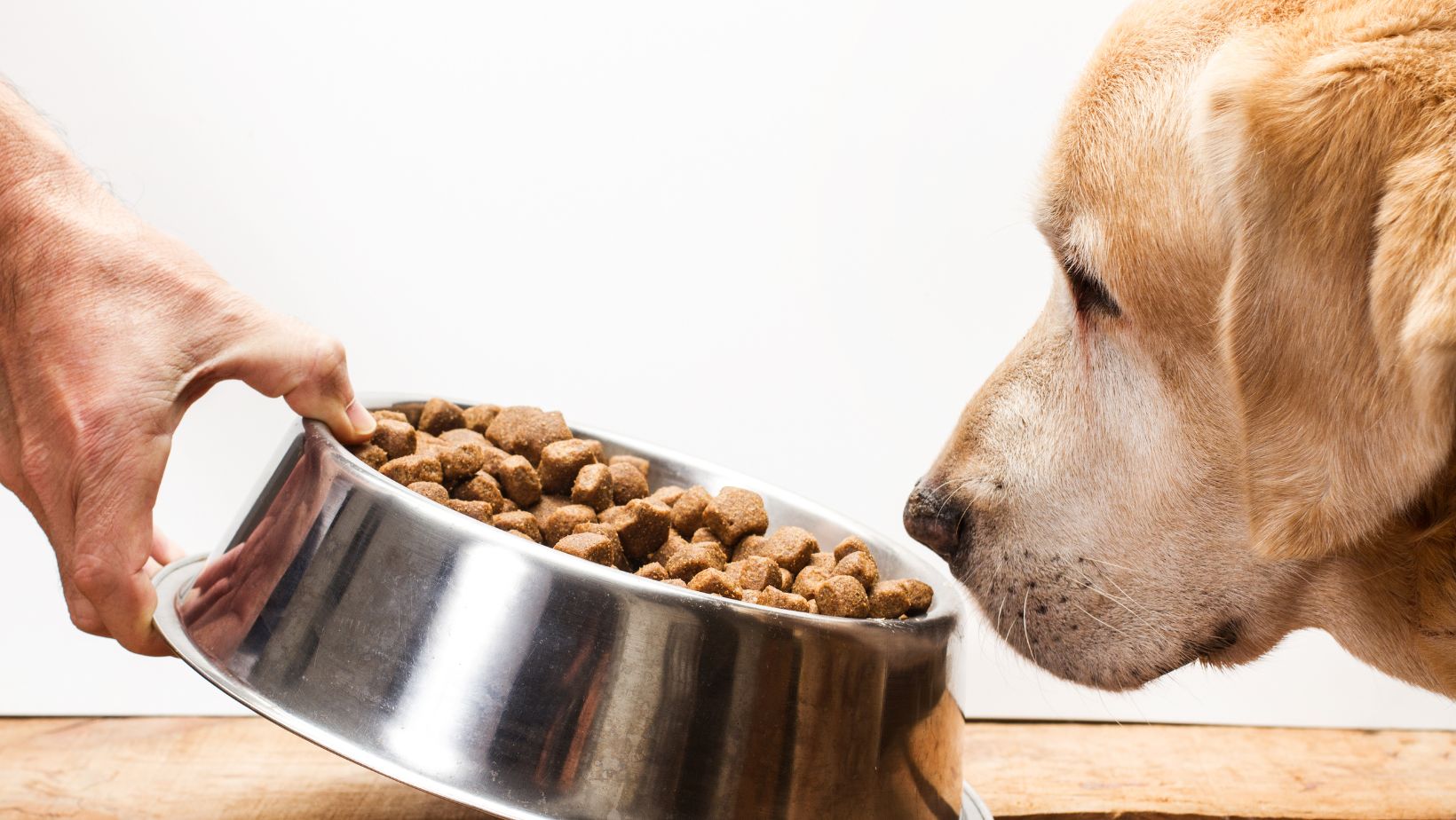How to Stop a Dog from Being Food Aggressive
If you’re dealing with a Labrador that displays food aggression, it’s important to address this behaviour promptly and effectively. Food aggression, or resource guarding, can be a serious issue in dogs and should be addressed to ensure the safety of both the dog and those around them.
One approach to stopping food aggression in Labradors is through gradual desensitisation and counterconditioning. This involves slowly introducing stimuli that trigger the aggressive behaviour while rewarding calm responses. For example, start by placing an empty bowl near your Labrador while they are eating their regular meal. Gradually increase the proximity of the empty bowl over time, always rewarding relaxed behaviour.
Another technique to consider is implementing a structured feeding routine for your Labrador. By establishing set mealtimes and using consistent feeding practices, you can help establish a sense of security and reduce anxiety around food. Additionally, teaching your Labrador basic obedience commands such as “sit,” “stay,” and “leave it” can further reinforce their understanding of boundaries during mealtimes.
Remember, addressing food aggression in Labradors requires patience, consistency, and positive reinforcement techniques. Seeking guidance from a professional dog trainer or behaviourist can also provide valuable insights tailored specifically to your Labrador’s needs. With time and effort, you can help your furry friend overcome food aggression and create a safer environment for everyone involved.
Understanding Food Aggression in Dogs
Food aggression in dogs can be a concerning behavior that may lead to conflict and potential harm. It is important for dog owners to understand the underlying causes and triggers of food aggression, as well as the common signs exhibited by their furry companions. By gaining this understanding, we can implement effective strategies to prevent and manage food aggression in our beloved Labradors or any other breed.
Common Signs of Food Aggression in Dogs
Recognizing the signs of food aggression is crucial for early intervention. Here are some common behaviours displayed by dogs with food aggression:
- Growling and Snapping: When a dog feels threatened or protective over its food, it may growl or snap at anyone who approaches.
- Resource Guarding: Dogs with food aggression may exhibit resource guarding behaviours such as stiffening their body, hovering over their bowl, or showing possessiveness towards their meal.
- Eating Quickly: Some dogs consume their meals rapidly due to anxiety about losing their food or competition from other animals.
- Freezing or Stiffening: A dog displaying frozen body language while eating can be an indication of heightened alertness and insecurity around its meal.
Causes and Triggers of Food Aggression
Several factors can contribute to the development of food aggression in dogs:
- Past Experiences: Negative experiences related to feeding, such as competition for scarce resources during early life stages, can shape a dog’s behavior around mealtimes.
- Lack of Socialisation: Insufficient exposure to different people, animals, and environments during a dog’s critical socialisation period may result in increased fearfulness and territoriality around food.
- Resource Competition: In multi-dog households where resources are limited, each dog may feel compelled to guard its share of the available food.
- Medical Conditions: Pain or discomfort associated with dental issues or gastrointestinal problems can make dogs more defensive or irritable during meals.
By understanding the signs, causes, and implementing preventive measures against food aggression in Labradors or any other breed, we can create a safer and more harmonious environment during mealtimes for both our furry friends and ourselves. Remember that patience, consistency, and positive reinforcement are key elements in addressing this challenging behavior.
